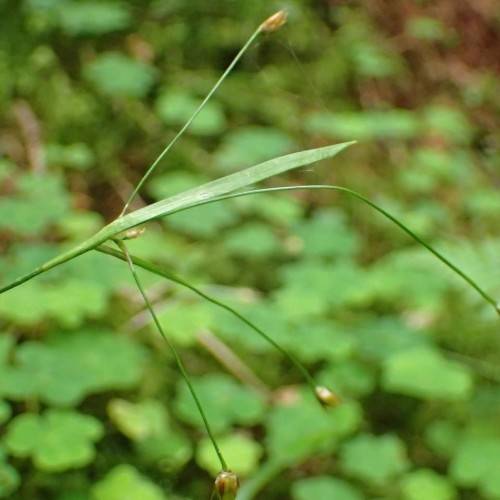
Three Seed Sedge
Carex trisperma
Also Known As - Three Fruited SedgeWatering:
Average
Hardiness Zone:
Sun:
full sun,part shade
Growth Rate:
Low
Drought Tolerant:
Yes
Salt Tolerant:
Yes
Care Level:
Medium
watering
Blunt Broom Sedge should generally be watered about 1 to 2 times per week. Depending on the environment and the time of year, adjust the amount of water accordingly. Once a week is generally sufficient during the summer months, while more frequent watering may be necessary during the winter months. To water, remove the plant from its container and thoroughly soak the soil in a bucket of water. Depending on the size of the pot, this could take up to about an hour. Check the soil for dryness before watering again. During the summer months, check the soil daily to make sure it does not dry out. If the plant is indoors, keep an eye on the level of the soil and moisture in the pot. If the soil becomes dry, water it immediately. During the winter months, the Blunt Broom Sedge will not need as much water. Allow the soil to get a bit dryer before watering and make sure to water more deeply but less often. Overall, it is important to check the soil for dryness and adjust accordingly. The key takeaway is to avoid overwatering, as this can easily lead to root rot.
sunlight
Blunt Broom Sedge (Carex tribuloides var. tribuloides) prefers full sun for optimal growth, providing 6-8 hours of direct sunlight every day. Additionally, this plant species loves the warmth of the sun, making it a great choice for areas that receive plenty of direct sunlight. This plant can also thrive in partial shade however it may not reach its full potential in terms of growth and flowering when planted in shadier, cooler areas. As with any plant species, it is best to take into consideration the specific local climate and the amount of sunlight available when deciding on a location for planting this species of sedge.
pruning
Blunt Broom Sedge is a fast-growing perennial grass that requires pruning to keep it healthy and attractive. Pruning should be done in early summer as the foliage starts to turn yellow. Cut back the yellowing stems to within a few inches of the ground, leaving the green stems in place. This will encourage new growth and maintain the plant’s bush-like shape. Blunt Broom Sedge is a shallow-rooted plant, so be careful when pruning and avoid damaging the roots. While Blunt Broom Sedge does not require frequent pruning, it is important to prune it periodically to keep it looking its best.
